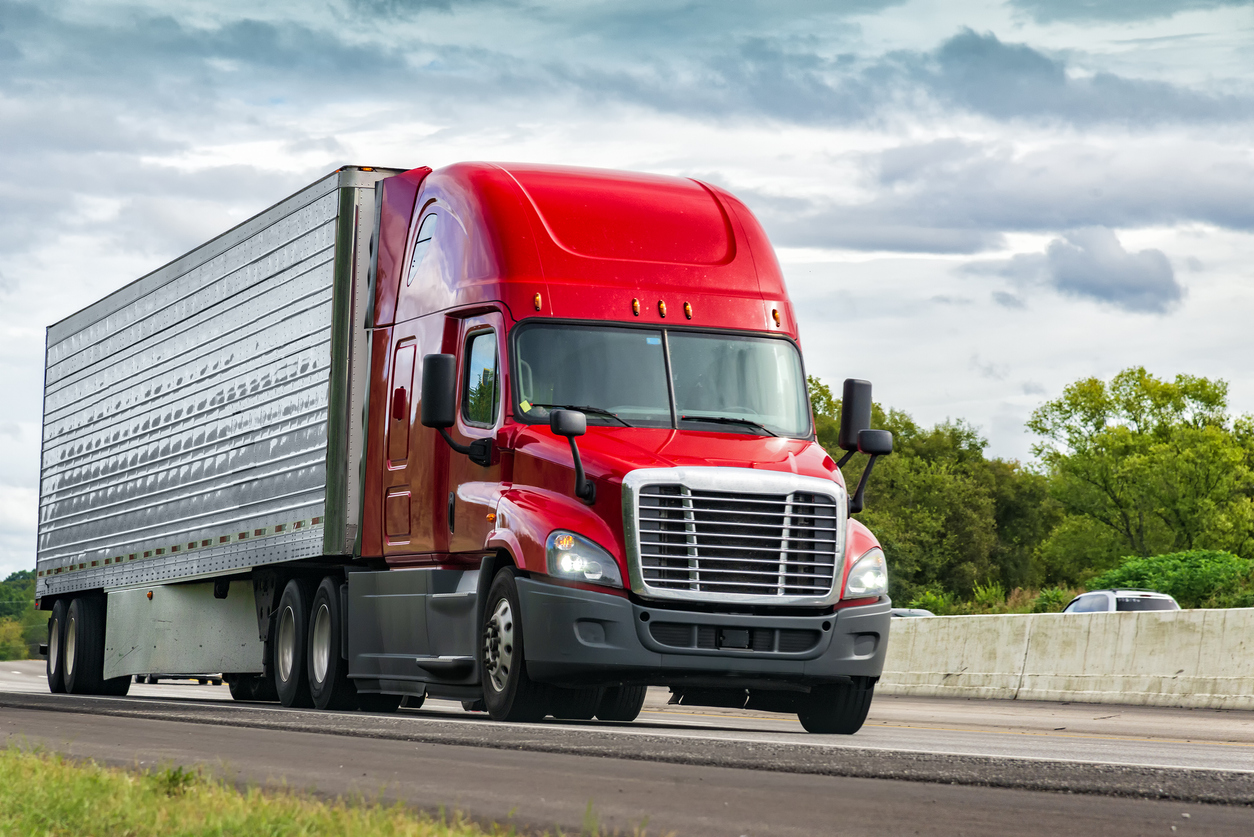Are you curious about the art of hauling semi-trailers? Do you want to know more about this complex but rewarding skill? If so, then this guide is for you! Hauling semi-trailers can be daunting and intimidating, but with the right knowledge and practice it can become a part of your daily life. In this guide, we will provide an introduction to the basics of hauling semi-trailers and offer some helpful tips for getting started.
With these tools in hand, you’ll be well on your way to becoming a master at hauling semi-trailers! So let’s get going – read on to learn all about The Art of Hauling: A Guide to Semi Trailers.
Loading and Unloading Tips
Loading and unloading a semi-trailer can be a daunting task, but with the right preparation, it can be achieved safely and efficiently. When loading your trailer, make sure to use proper safety equipment such as wheel chocks and tie-downs. Always inspect each piece of cargo before loading it onto your trailer so that you know what you are working with. Place the heaviest items first and then build up from there to properly balance the load on the trailer. Be sure not to overload your trailer past its capacity or legal weight limits!
When unloading, start by removing any heavy items first and work towards lighter ones at the end. Securely lower all objects off of the back of the truck using straps or ropes if necessary for heavier objects; this will help prevent them from shifting around during transport. Always keep an eye out for traffic when unloading to ensure everyone’s safety while on site. After everything has been unloaded, take time to check that nothing was left behind or damaged during transit; this will save time later on down the line!
Safety Considerations for Hauling

Source: journalistsresource.org
Safety is an essential aspect of hauling with semi-trailers. Whether it be a short trip or a long haul, having the right safety measures in place is critical for protecting both people and cargo. Before departing on any journey, there are several things to take into consideration such as understanding the load capacity of your truck, checking brakes, tires, and lights, and ensuring you have the right equipment for securing your load. Properly securing your cargo can help prevent accidents caused by shifting loads while in transit.
It’s also important to make sure that you are familiar with all relevant laws related to hauling semi-trailers to ensure compliance including speed limits and rest periods for drivers. Additionally, check out weather forecasts before heading out as inclement weather can significantly reduce visibility on roadways which could increase the risk of collisions or other hazardous incidents.
Finally, make sure that all necessary paperwork is completed before departure – this includes permits if applicable – so that your vehicle does not get held up at state borders due to incomplete documentation; furthermore, this will also cover insurance requirements should something go wrong during transit. In conclusion, by taking safety precautions when operating semi-trailer trucks one can ensure a smooth ride from start to finish without compromising their safety or that of other motorists they may encounter along the way!
Maintenance Guidelines for Semis
Scheduling and performing regular maintenance on semi-trailers is essential for ensuring the safety of drivers, cargo, and other vehicles on the road. Semi-trailers need to be routinely inspected for any signs of wear or damage that could cause a breakdown or an accident. A basic inspection should include checking all of the lights and brakes, tires, suspension components, and hitches. All fluids such as brake fluid, oil, and coolant should be checked to make sure they are at their proper levels. Any parts that show signs of wear or corrosion should be replaced before further use.
Additionally, it’s important to check hoses for cracks or leaks both inside and outside of the trailer’s body panels; this is especially true in areas exposed to extreme temperatures where rubber hoses can degrade quickly over time. Finally, it’s important to check any chains used during loading/unloading operations since these can become worn out over time due to friction against metal surfaces. Following these steps will help keep your semi-trailer running safely with minimal disruption from breakdowns caused by improper maintenance procedures.
Navigating the Roads with a Semi-Trailer

Source: maafirm.com
Navigating the roads with a semi-trailer requires extensive knowledge and skill. Hauling a trailer can be intimidating, especially if you are not used to driving such a large vehicle. Having the right gear is essential for any successful hauling job, so it’s important that you have all of the necessary safety equipment and knows how to use it properly. You should also make sure that your semi-trailer is equipped with mirrors on both sides so you can see what’s going on around your semi-trailer while driving.
It’s also important to take into consideration speed limits when navigating roads with a trailer in tow as they tend to be more restrictive due to size and weight considerations. Additionally, familiarizing yourself with turns and curves along your route will help ensure everything goes smoothly during transit. Finally, proper braking techniques must also be taken into account when dealing with trailers as sudden stops are much harder than usual due to their increased weight compared to regular cars or trucks without trailers attached.




